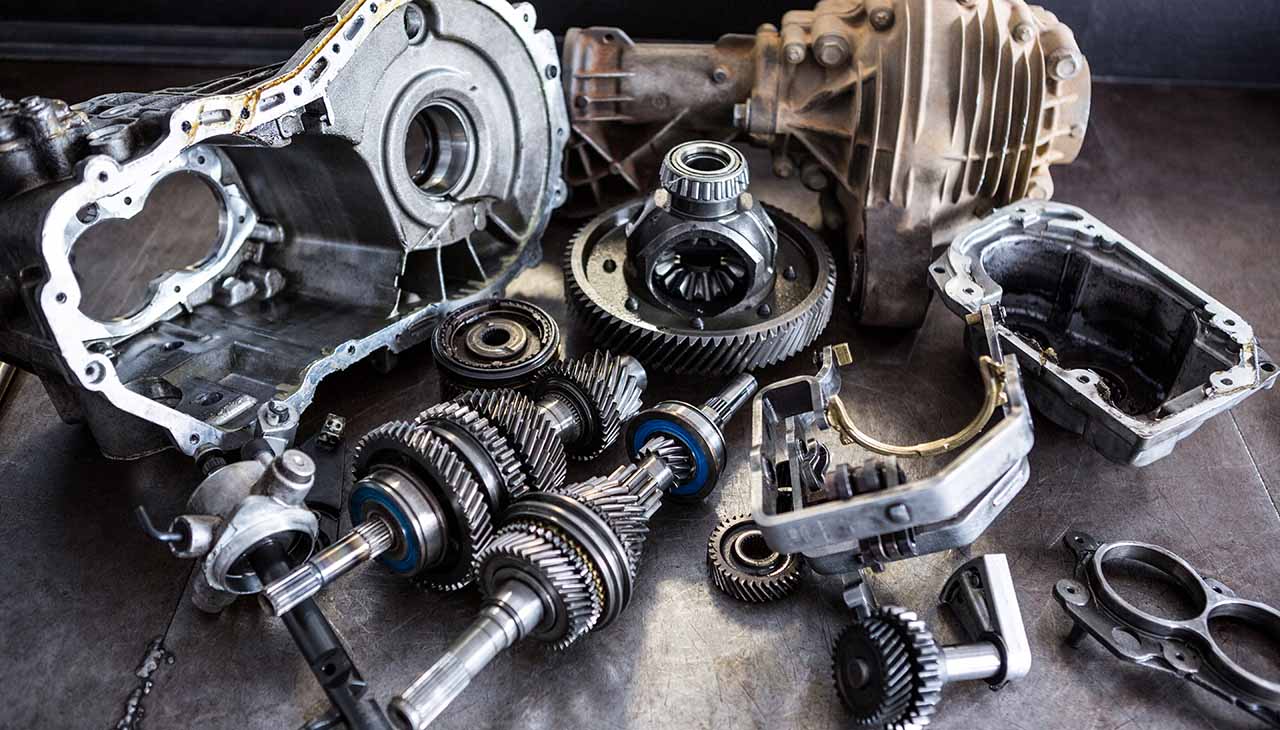Navigating the landscape of auto parts for a used car can be a daunting task, especially when you’re aiming to combine quality with cost-effectiveness. This guide intends to simplify that process, offering insights into how to identify the right components that ensure compatibility, enhance performance, and extend the lifespan of your vehicle. Whether you’re a seasoned mechanic or a first-time car owner, understanding the nuances of choosing the appropriate parts is crucial in maintaining your car’s reliability without breaking the bank.
Researching the Parts
Identifying the Specific Part Needed
Before venturing into the vast marketplace of car parts, the first step is pinpointing exactly which part or parts your vehicle requires. This could range from engine components to exterior body parts. Evaluating the condition of your car and consulting the vehicle’s manual or a professional mechanic can help in accurately determining the part numbers and specifications.
Checking Compatibility with the Vehicle Model and Year
Once you have identified the part, the next crucial step is to ensure that it is compatible with your vehicle’s specific model and year. This is vital because even minor differences in models or manufacturing years can lead to significant discrepancies in part sizes, shapes, and functionalities. Utilizing online databases or contacting manufacturers directly can provide the necessary information to guarantee a match.
Exploring Different Sources for Parts
After establishing what part you need and confirming its compatibility with your vehicle, it’s time to explore where to find it. Options include authorized dealerships, online marketplaces, auto parts stores, and salvage yards. Each source offers its own set of advantages regarding price, part condition, warranty, and return policies. Comparing these factors across different sources can lead you to the best deal for your specific needs and budget.
Genuine vs. Aftermarket Parts
When it comes to replacing parts in your used car, you generally have two choices: genuine (OEM) parts and aftermarket parts. Understanding the pros and cons of each can profoundly impact both the performance and economy of your vehicle repairs.
Pros and Cons of Genuine Parts
Pros:
- Compatibility: Genuine parts are made by the vehicle’s manufacturer, ensuring perfect compatibility with your vehicle.
- Quality Assurance: These parts typically come with a warranty from the manufacturer, providing peace of mind regarding their reliability and performance.
- Longevity: OEM parts are often perceived to last longer than their aftermarket counterparts due to their strict adherence to manufacturer’s specifications.
Cons:
- Cost: Genuine parts are usually more expensive than aftermarket parts, which can be a significant drawback for budget-conscious car owners.
- Limited Availability: Sometimes, these parts can be harder to find, particularly for older models or vehicles that are no longer in production, potentially leading to longer wait times for repairs.
Pros and Cons of Aftermarket Parts
Pros:
- Cost-Effectiveness: Aftermarket parts are often less expensive and can provide similar performance to genuine parts, offering more budget flexibility.
- Variety: There is a wide range of aftermarket parts available, giving consumers more options regarding quality and price.
Cons:
- Variable Quality: The quality of aftermarket parts can vary significantly between manufacturers, which might affect the performance and safety of your vehicle.
- Warranty Issues: Using aftermarket parts could potentially void your vehicle’s warranty, though this risk can vary based on the specific terms of your warranty and the part in question.
Factors to Consider When Choosing Between the Two
When deciding between genuine and aftermarket parts, consider the following factors:
- Warranty: If your car is still under warranty, using genuine parts may be necessary to comply with the terms.
- Price vs. Quality: Weigh the importance of cost savings with the need for reliability and longevity in your vehicle’s parts.
- Availability: In cases where getting an OEM part quickly is not an option, a high-quality aftermarket part might be the best choice.
- Vehicle Age: For older models, aftermarket parts might be the only available option, whereas for newer cars still under warranty, genuine parts might be the preferred choice.
Making an informed decision between genuine and aftermarket parts involves balancing these factors with your specific needs, budget, and the long-term health of your vehicle.
Where to Find Parts
Finding the right parts for your used car involves knowing where to look. Here are some of the most reliable places to start your search:
- Dealerships: Authorized car dealerships are a go-to source for genuine OEM parts. They guarantee compatibility and come with manufacturer warranties, albeit at a higher cost compared to other sources.
- Online Retailers: The internet has made it incredibly easy to find both OEM and aftermarket car parts. Online platforms offer a vast selection, competitive prices, and the convenience of direct shipping to your doorstep. Websites like eBay Motors, Amazon Automotive, and specialized auto parts stores are excellent places to start.
- Salvage Yards: For those on a tighter budget or looking for parts for older car models, salvage yards can be a goldmine. They allow you to find used parts at a fraction of the cost of new ones. However, it’s essential to ensure the part’s condition and compatibility before making a purchase.
Forums and Online Communities: Car enthusiasts and model-specific forums can be invaluable resources for finding parts. Members often share tips on where to find rare parts, offer their own items for sale, or suggest reliable suppliers. These communities can also provide advice and experiences on using genuine versus aftermarket parts for your specific car model.


